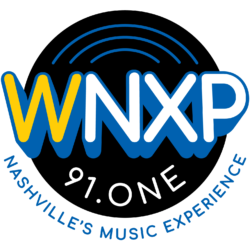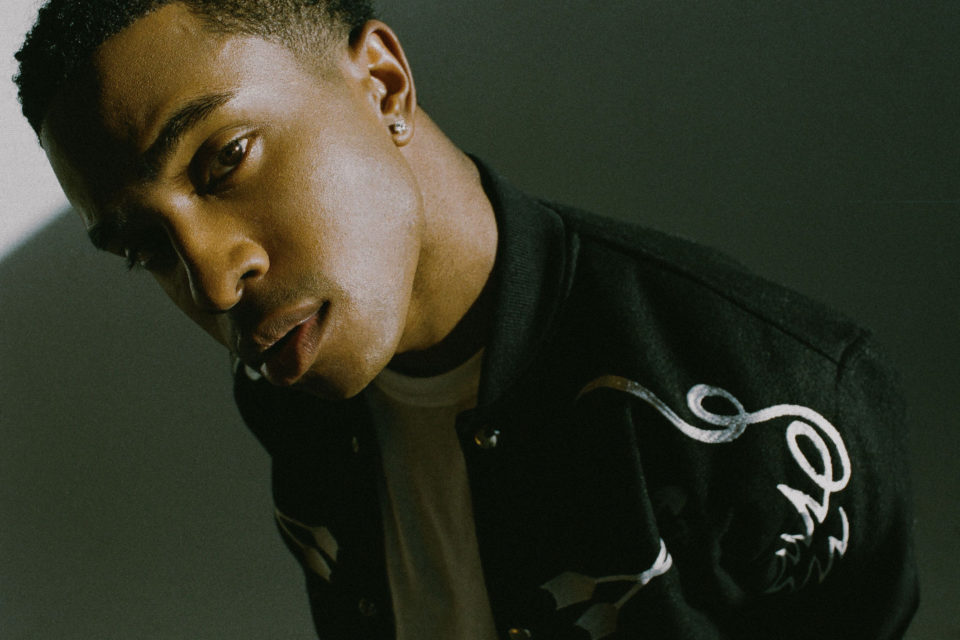There’s a lot going on just beneath the surface of Twenties, the debut project that Bren Joy dropped independently during college and reissued in a deluxe version with label backing earlier this year. You can hear him fleshing out how he relates to young adulthood, masculinity and Black excellence. He’s ruminative about romance, shrewd about how he shows vulnerability and when he lays out aspirational fantasies, he also points to the social and political implications of trying to get ahead.
Joy extends that sophistication to the vocal sound that he’s developed: the sleek, agile lead singer who can make melodies seem weightless, flanked by a precision backing chorus comprised of his own harmonies. He focused on learning to create layered vocal arrangements, asking his Belmont professors to help him dissect recordings, even before he started getting a feel for how to carry a performance as the voice out front.
“A lot of the music I was listening to involves so many intricate harmonies,” he told me during a Zoom interview. “It’s the part of music that I love the most.”
The producer that Joy enlisted from his circle of college acquaintances, Caleb Lee, witnessed the hours upon hours that the new artist spent on disciplined experiments with harmonizing in a makeshift vocal booth that was actually a closet.
The way Lee remembered it, “He insisted, ‘This has to feel like a choir would do it, everyone in unison at this one word, then everyone breaks into a harmony and it has that feel.’ So I learned a ton about the technical side of how vocalists think.”
Here are three of the vocal sounds that helped Joy figure out how to think about singing:
1) The rousing gospel mass choir arrangements of Kirk Franklin
“As soon as I got into college,” Joy recalled, “I went to my professors after hours and was like, ‘Yo, how can I break down a lot of Kirk Franklin’s background vocals? How can I recreate this sound in a modernistic way?’ And yeah, that was that was always the goal from the beginning.”
During the second verse of his song “Multiply,” Joy’s vocals spread into vivid choir-style intervals that support his freefalling vamps toward the end of the track.
Midway through his track “Drag Race,” he introduced the crescendoing, melismatic echoes of modern gospel harmony.
2) The seamless, silken, five-part, R&B-steeped pop vocals of New Edition
On Zoom, Joy showed off selections from his vinyl collection, including some he’d inherited from the inventory of the Nashville record store that his grandad once owned. Among them was a pristine-looking original pressing of New Edition’s 1988 album Heartbreak, from the group’s maturing, post-Bobby Brown era.
Joy softened the bite of his song “IDGAF” by surrounding the hip-hop-influenced rhythmic cadences of his lead vocals with pillowy, sighed harmonies.
The slow jam “Mrs. Jones” reaches seductive heights partly thanks to the shiny, smooth way that Joy stacked his vocals across an octave.
3) The luminous, gently psychedelic West Coast pop harmonies of The Beach Boys
One of Joy’s college roommates introduced him to canonical works of the classic rock era, including the Beach Boys, and it proved to be a revelation.
The airy control that Joy has over his falsetto parts during “Pocket” shows how closely he listened.
The serene, sweetening vocal layers he added to “Henny in the Hamptons” have a certain Beach Boys quality too.

